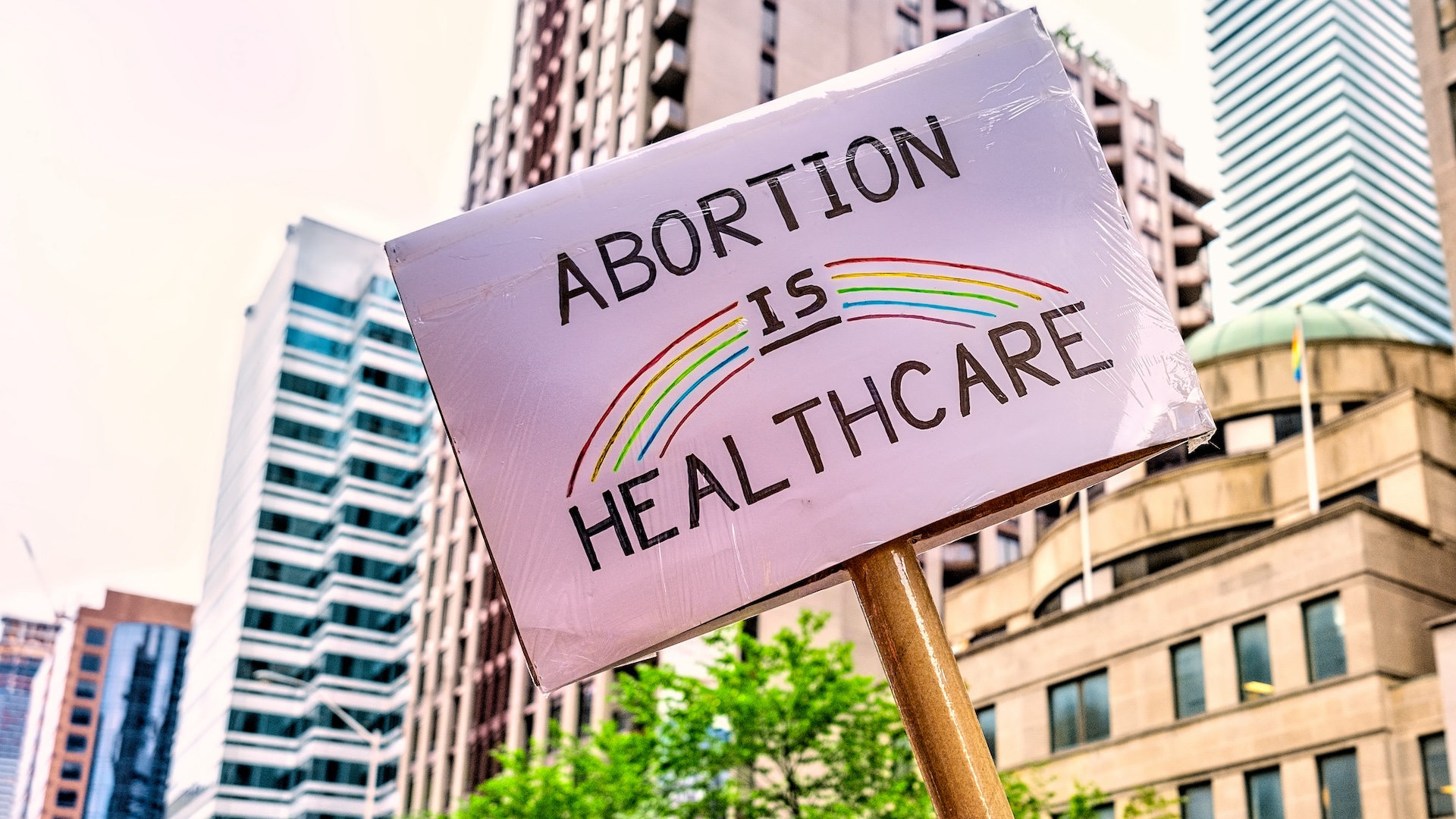Every election is about maps, and 2024 is no exception. This year, as the chattering classes focus on Kamala’s immaculate vibes or Donald Trump’s inability to pivot, the real work is happening on the ground as Democrats and Republicans focus on the places where votes have the biggest impact: The states that will determine which party runs the House, the Senate, and the presidency. Whether a state has highly contested House races or is up for grabs for the Electoral College, the one thing in common across the map is that activists have used ballot initiatives and state constitutional amendments to put abortion rights up for a vote. And if the last two years have taught us anything, it is that abortion rights win if they’re put on the ballot.
From Kansas to Kentucky to Ohio to Vermont, abortion rights have gotten clear and unambiguous majorities everywhere that voters have had the choice. Even where the end of Roe v. Wade triggered anti-autonomy laws, like Kentucky (where abortion is illegal), voters have typically refused to make the restrictions part of their state constitutions. The effort to secure and protect bodily autonomy or reject new limits to pregnancy care and abortion has cut across partisan lines, engaged multiple demographics, and elevated turnout. It’s evident that voters really care about the safety of pregnancy and the people who give birth, and they’re willing to vote on it even if they’re not loud about their intentions. This commitment to abortion rights has stifled what should have been a massive Republican wave in the midterms and bolstered Democrats everywhere, including in unexpected places, like Alabama. The effect, so far, has been a quiet political revolution, as the backlash to the Dobbs decision that ended abortion rights plays out in the secrecy of the voting booth.
So for a presidential cycle where turnout is usually big and the stakes are even bigger, it’s no small thing that Arizona, Montana, and Missouri have joined Nevada, Colorado, South Dakota, Nebraska, Arkansas, Florida, Maryland, and New York as states with abortion rights initiatives either in the process or on the ballot.
New York, despite being a solidly blue state at the presidential level, was a key contributor to the Republican House majority in 2022. Arizona and Missouri — like Nevada, Montana, Nebraska, Florida and Maryland — are hosting key Senate races that will almost certainly determine control of a chamber where Democrats hold a razor-thin two seat margin and face an almost impossible map to hold onto it. And of course, Arizona, Nevada, Colorado, Missouri, and Florida are all former or current swing states where the Electoral College determines who will be President of the United States. Altogether, the map to secure abortion rights and bodily autonomy is almost a perfect match for the map of federal power.
Democrats have a chance to turn the energy around reproductive rights into a federal trifecta (House, Senate, and president) with margins large enough to restore abortion nationally and defend against any GOP attacks — if they can turn enthusiasm for abortion into votes for the party. Republicans have done a masterful job of keeping abortion out of the news cycle, suppressing discussion or dissent about bodily autonomy, and generally reframing the entire discourse to be about safe, newborn babies and not the people who endure the process and danger of bringing them into the world (whether they want to or not).
Where Republicans still have control of state power, they have tried to undermine — if not outright destroy — voter-backed efforts to secure abortion rights, and they will do the same at the federal level if they get any purchase in the House, Senate, or especially the presidency. If the politics of abortion rights is going to be a win for actual and aspiring parents everywhere, it will have to be a win for the Democratic Party too.
At the first night of the convention, Democrats put the cost of reproductive restrictions directly in the spotlight. They gave space to the grief and suffering that can accompany the unexpected realities of wanted and unwanted pregnancy, the lived reality of millions of people across the country. Now the party will have to follow up the talk with action, and use their campaigns in their districts and states to say what they will do to get abortion rights to the desk of a possible future President Harris. This means premising the Senate majority on removing the filibuster to pass legislation that will restore the right to privacy for pregnancy care and abortion, affirm abortion rights nationally, and acknowledge the 28th Amendment — the Equal Rights Amendment — as a valid and binding part of the Constitution.
Voters, activists, and organizers have done the difficult and brutal work of creating a perfect overlap between the biggest political issue of the moment and the power centers that will determine its fate; now it’s time for all of us who believe in our autonomy to make sure everyone knows that a vote for our rights must also be a vote for the one party that will protect them.


















































